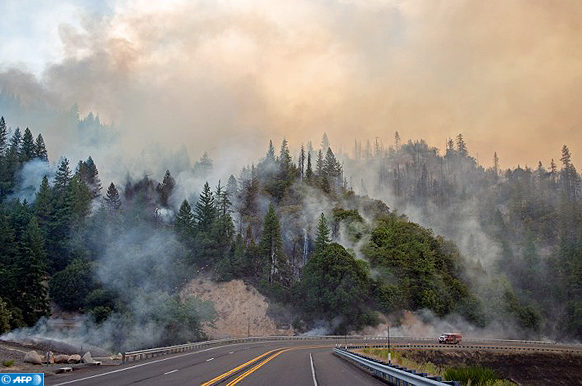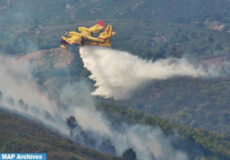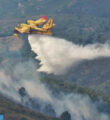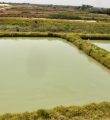Amid Climate Change and a Global Water Crisis, California Hit Hard
Washington, D.C. – Ravaged by drought, flooding, and fires, California seems to be the poster child for an alarming new report released last week at the U.N. 2023 Water Conference in New York City, the first such conference in a generation. The report warns that the world is headed toward an imminent water crisis if efforts aren’t made to mitigate and adapt to human-caused climate change and population growth.
Water is a dealmaker and a dealbreaker for human health and prosperity. Yet about 2 billion people around the world—a quarter of the world’s population—do not have access to clean and safe drinking water, according to the new report. Approximately 3.6 billion people—around 46% of the world’s population—lack adequate sanitation services.
Unprecedented population growth, development, and changing consumption patterns are testing the world’s water supply. Wastewater, including agricultural runoff, is the main cause of water pollution and contributes to the problem, according to the report.
Droughts, flooding, and other extreme weather events fueled by climate change are also exacerbating global water shortages and quality. In the U.S., the Colorado River which supplies millions of people in the American West with water, is dwindling. Hurricanes and flooding are also wreaking havoc on water infrastructure and contaminating water supplies.
Since the year 2000, the southwestern part of the US has been unusually dry due to low precipitation totals and heat, punctuated most recently by exceptional drought in 2021. From 2000 to 2021, precipitation was 8.3% below the 1950–1999 average and temperature was 0.91 °C above the average. No other 22-yr period since at least 1901 was as dry or as hot.
California has experienced some of the worst impacts. Just a few months ago, large portions of the state were categorized as being in “extreme” drought or “exceptional” drought, according to the U.S. Drought Monitor, an initiative of the University of Nebraska-Lincoln. The driest areas are largely concentrated in the state’s Central Valley agricultural lands.
But severe storms resulting from unusual back-to-back atmospheric rivers battered the state in late December and January. These atmospheric rivers, narrow bands of the atmosphere that transport dense moisture from tropical latitudes 100s of miles across the Pacific to fall on land as heavy rain and snow, dumped record amounts of water, triggering landslides, filling storm drains, and flooding communities as infrastructure and the natural landscape became saturated. Since January, California has received 147% of its typical average rainfall for this season, according to the state Department of Water Resources.
While this has ameliorated the most recent drought conditions, California is not out of the woods yet. In a study done by the University of California, Los Angeles; the Lamont-Doherty Earth Observatory of Columbia University in New York; and the NASA Goddard Institute for Space Studies, experts warned that California and the West are not free from the longer-term conditions that created the region’s driest 22-year span in 12 centuries.
During any normal 20-year period in the 20th century, about 10 years were wet and 10 years were dry. Normally, this would be a sustainable ratio, according to Thomas Harter of the University of California at Davis. But in the past 25 years, only nine years were wet and 16 were dry. California needs seven more wet years to recover.
California receives the most water from the overused Colorado River, which runs through seven Western states and part of Mexico, the water in which is allocated to each according to a multistate compact. Yet, the river received comparatively little rainfall from the atmospheric rivers.
The state now faces increased flooding risk in the coming months as the Sierra Nevada mountain range snowmelt fills rivers and streams. Potential triggers for rapid snowmelt and flooding are an early season heat wave or warm storms. “It’s going to happen,” said UCLA climate scientist Daniel Swain, “and the question is whether it happens quickly versus slowly.”
Counterintuitively, the extensive winter rain also increases the risk of wildfires along the western coast. Much of the vegetation that had stunted growth over the last few years due to extreme drought has been replenished, and this abundance could become the perfect tinder for fast-moving wildfires as the plants dry out, according to experts.
“When you build up your vegetation to those levels, the fire risk goes up,” said Dr. Chris Potter, an ecologist with the Earth Sciences Division at NASA’s Ames Research Center. “Just logically, there’s more to burn.”
California may just be the world’s petri dish as climate change exacerbates the state’s weather and water woes while each year gets warmer and the impacts become more extreme.
California’s Governor Gavin Newsom said that this past winter’s wild run was indicative of extreme weather swings driven by climate change. “You look back at the last few years in this state — it’s been fire to ice, and no warm bath in between,” he said.












